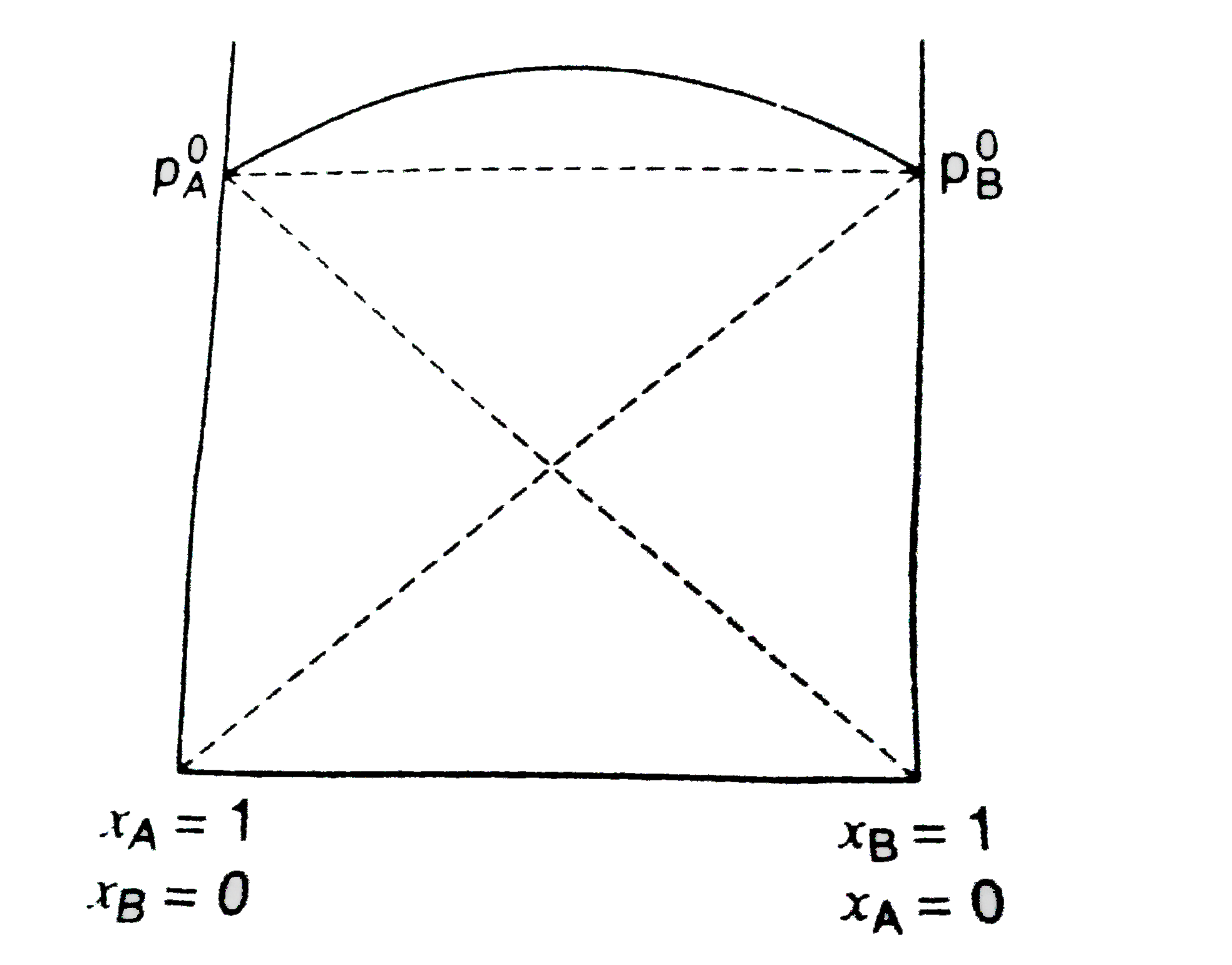A
B
C
D
Text Solution
Verified by Experts
The correct Answer is:
Topper's Solved these Questions
SOLUTIONS (GENERAL AND COLLIGATIVE PROPERTIES)
OP TANDON|Exercise Level-B|53 VideosSOLUTIONS (GENERAL AND COLLIGATIVE PROPERTIES)
OP TANDON|Exercise Assertion-Reason|18 VideosSOLUTIONS (GENERAL AND COLLIGATIVE PROPERTIES)
OP TANDON|Exercise Set-1 (Level-A)|190 VideosPROBLEMS BASED UPON STRUCTURES AND REACTIONS OF ORGANIC COMPOUNDS
OP TANDON|Exercise Some Solved Problems|21 VideosSTATES OF MATTER (GASES AND LIQUIDS)
OP TANDON|Exercise Self Assess,ent|28 Videos
Similar Questions
Explore conceptually related problems
Knowledge Check
OP TANDON-SOLUTIONS (GENERAL AND COLLIGATIVE PROPERTIES)-Set-2 (Level-A)
- The given graph indicates :
Text Solution
|
- Which is the correct statement ?
Text Solution
|
- A certain non-volatile substance (non-electrolyte) contains 40%C, 6.7%...
Text Solution
|
- A difference between diffusion and osmosis is
Text Solution
|
- For a non-volatile solute
Text Solution
|
- In which of the following cases does osmosis take place if the solutio...
Text Solution
|
- Match the following : {:(,"Solute (equimolar)",,pi"(OP)ratio"),("(i)...
Text Solution
|
- Match the following graph : A (i) (+) deviation B (ii) Ideal lt...
Text Solution
|
- Vapour pressure of methyl alcohol and ethyl alcohol solutions is repre...
Text Solution
|
- To 10 mL of 1 M BaCl(2) solution 5mL of 0.5 M K(2)SO(4) is added. BaS...
Text Solution
|
- Which is a dimensionless quantity ?
Text Solution
|
- Which of the following concentration terms is/are independent of tempe...
Text Solution
|
- In the depression of freezing point experiment, it is found that the:
Text Solution
|
- Which of the following is/are correct for a solution of a particular c...
Text Solution
|
- Effect of adding a non-volatie solute to a solvent is"
Text Solution
|
- Which of the following form/s an ideal solution ?
Text Solution
|
- Osmotic pressure of a solution is :
Text Solution
|
- Which of the following is/are true ?
Text Solution
|
- In the following questions, more than one of the answers given may be ...
Text Solution
|
- Consider the following statements in respect of an ideal solution : ...
Text Solution
|
